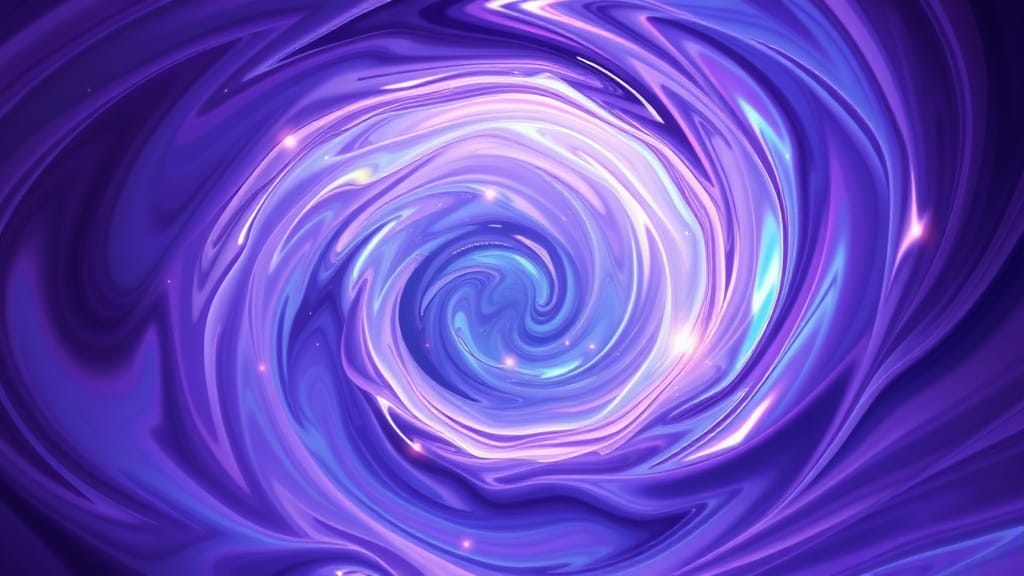The History of Purple: From Royal Seashells to Digital Screens
Purple is a colour defined by its paradox: a blend of fiery red and cool blue, symbolizing both passion and peace. For millennia, it was the world’s most exclusive and expensive colour, accessible only to the highest echelons of society. The history of purple is a journey through ancient empires, rare biological secrets, and modern chemical breakthroughs.
1. Imperial Beginnings: Tyrian Purple (2000 BCE – 1453 CE)
Purple’s association with royalty began in the ancient Phoenician city of Tyre (modern-day Lebanon). The colour was so revered because of its incredibly difficult and costly production:
- The Murex Snail: The dye was extracted from the mucus of thousands of tiny sea snails, specifically the Murex genus. It took tens of thousands of snails to produce just a single gram of the vibrant dye.
- The Symbol of Power: Due to its astronomical cost, the resulting pigment—known as Tyrian Purple (or Imperial Purple)—became the exclusive mark of emperors and kings. Roman magistrates, and later Byzantine emperors, wore robes dyed with Tyrian Purple to signify their divine right to rule. The phrase “born to the purple” became a synonym for royal birth.
- The Price of Empire: After the fall of Constantinople in 1453, the production of Tyrian Purple virtually ceased, and the secret source of the dye was lost to the West, cementing the colour’s mystique.
2. The Medieval and Renaissance Eras
During the Middle Ages, the rarity of Tyrian Purple meant its use diminished. However, other, more accessible purple pigments emerged:
- Lichen Dyes: Dyes derived from lichens, such as Orcein or Archil, provided a more common, though less permanent, purple colour for the clothing of bishops and minor nobles.
- Artistic Use: Painters mixed expensive blue pigments (like Ultramarine) with red pigments to achieve purple, reserving the hue for religious figures. In Christian art, purple or violet symbolized penitence and mourning, leading to its adoption by the Catholic Church for priestly vestments during the seasons of Advent and Lent.
3. The Democratic Revolution: Perkin’s Mauve (1856)
Purple’s fate changed forever in 1856, thanks to a young English chemist:
- Accidental Discovery: 18-year-old William Henry Perkin was trying to synthesize quinine (a drug to treat malaria) from coal tar when he accidentally created a brilliant, stable purple colour. He named his discovery Mauveine, or simply Mauve.
- The First Aniline Dye: Mauve was the first synthetic organic chemical dye, and it was revolutionary: it was cheap, easy to produce in large quantities, and did not fade.
- The “Mauve Decade”: This accidental invention democratized purple overnight. It became the dominant colour of fashion and decoration during the 1890s, making the once-imperial colour accessible to everyone. This discovery marked the birth of the modern synthetic dye industry.
4. Modern Production: Chemistry and Light
Today, purple and violet are mass-produced through chemical synthesis for pigments and dyes, and created digitally through light:
- Synthetic Dyes and Pigments: Nearly all modern purple and violet colourants are made in a factory. They are complex aniline dyes and azo pigments derived from petroleum compounds (like coal tar derivatives, similar to Perkin’s original discovery). Chemists can precisely control the ratio of red and blue molecular structures to create any shade, from deep violet to bright magenta.
- In Printing (CMYK): When printing in full colour, shades of purple are created by layering magenta and cyan inks. Since magenta is essentially a vivid reddish-purple, it is the primary component, with cyan used to cool it down toward a pure violet.
- On Screens (RGB): On digital displays (LED, LCD, etc.), purple and violet are created by combining red and blue light at near-equal intensity, with little to no green light.
- Purple is a non-spectral colour, meaning it doesn’t appear as a single wavelength on the rainbow. It is perceived by the eye when it receives red and blue light simultaneously.
- Violet is a spectral colour, found at the short-wavelength end of the spectrum (around 380–450 nanometers). Screens simulate true violet by emitting a pure mix of red and blue light, which the brain interprets as the high-energy short wavelength.
5. Modern Symbolism
Today, purple’s historical weight and psychological complexity lend it powerful meaning across different cultures:
- Feminist History: In the early 20th century, purple, along with white and green, was adopted as a key colour of the Women’s Suffragette Movement, symbolizing loyalty and dignity.
- Creativity and Wisdom: Due to its composition of hot and cool tones, purple is strongly associated with creativity, imagination, and artistic genius.
- Modern Branding: Deep, rich shades of purple are often used in branding to convey luxury, wisdom, and sophistication (e.g., in technology and high-end confectionery).

